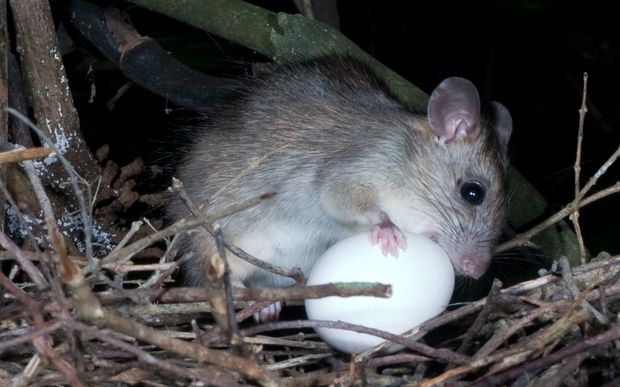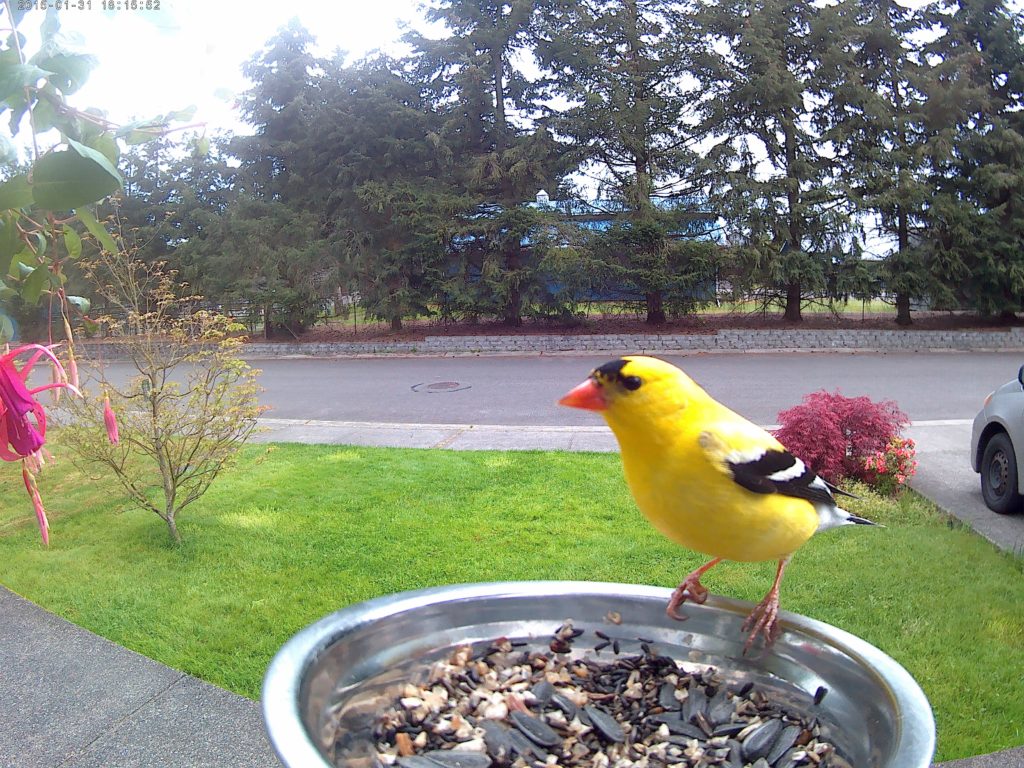The Birdfreak Team. “Why We Need Bird Conservation.” Bird Conservation, The Cornell Lab of Ornithology, Jeffrey V. Wells, The Birder’s Conservation Handbook, The United States Fish and Wildlife Service, https://birdfreak.com/why-we-need-bird-conservation/. Accessed on 2/19/2019.
Barcott, Bruce. “Kill the Cat That Kills the Bird?”. Time, Dec 2007. Accessed on 2/27/29.
Dorresteijn, Ine, et al. “The Conservation Value of Traditional Rural Landscapes: The Case of Woodpeckers in Transylvania, Romania.” PLoS ONE, vol. 8, no. 6, Public Library of Science, June 2013, p. e65236, doi: 10.1371/journal.pone.0065236. Accessed on 2/27/19.
Hernandez, Sonia M., et al. Coffee Agroforests Remain Beneficial for Neotropical Bird Community Conservation Across Seasons. PLoS ONE, vol. 8, no. 9, Sept. 2013, doi: 10.1371/journal.pone.0065101. Accessed on 2/27/19
Marie, Amarisa, et al. “Response of Wedge-Tailed Shearwaters (Puffinus Pacificus) to Eradication of Black Rats (Rattus Rattus) from Moku’auia Island after Reinvasion1.” Pacific Science, vol. 68, no. 4, University of Hawaii Press, Oct. 2014, p. 550, doi:10.2984/68.4.8. Accessed on 2/18/19.
Owens, I P, et al. “Ecological Basis of Extinction Risk in Birds: Habitat Loss Versus Human Persecution and Introduced Predators.” Proceedings of the National Academy of Sciences of the United States of America, The Balance of Nature, vol. 97, no. 22, Oct. 2000, doi:10.1073/pnas.200223397 Accessed on 2/18/19.

